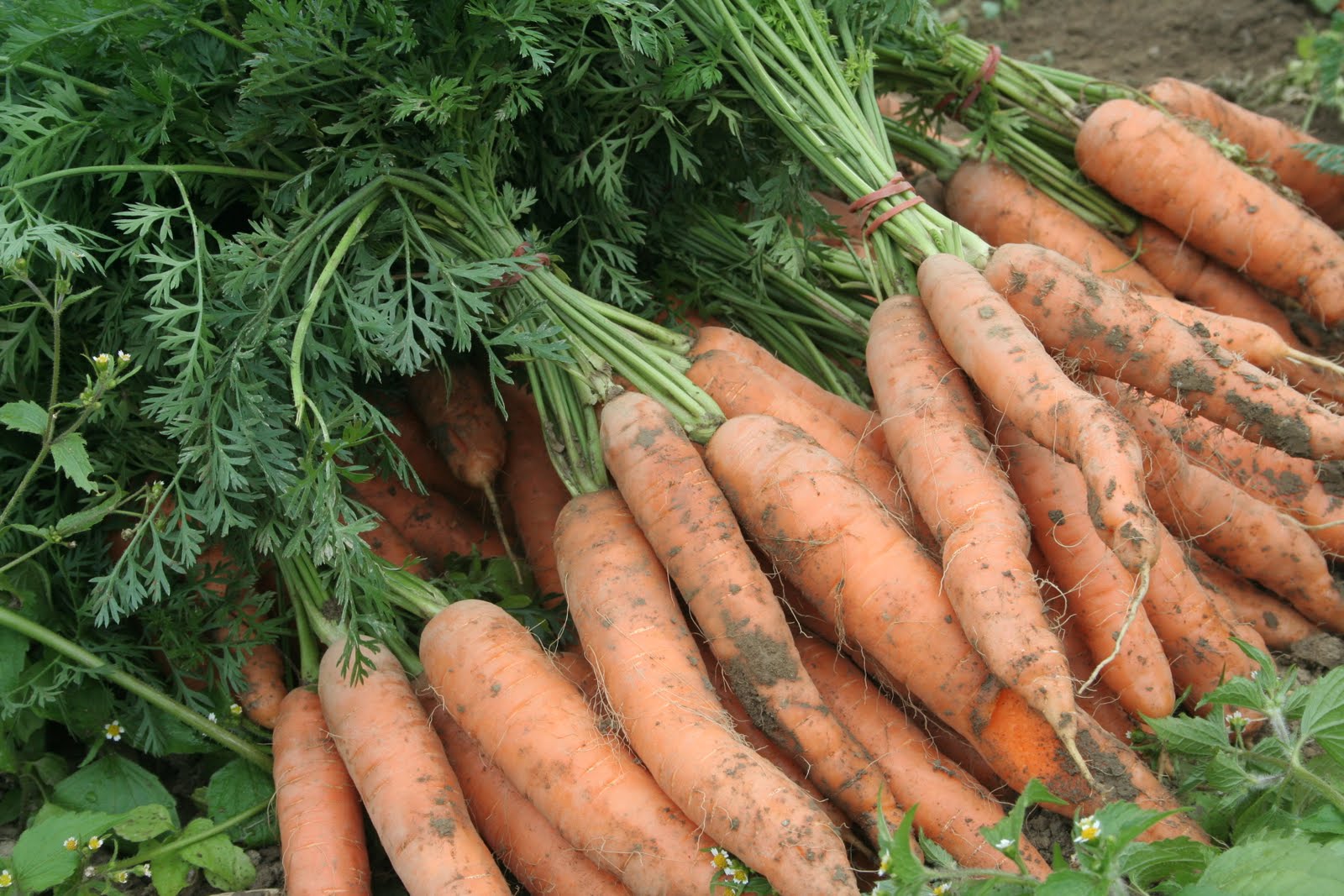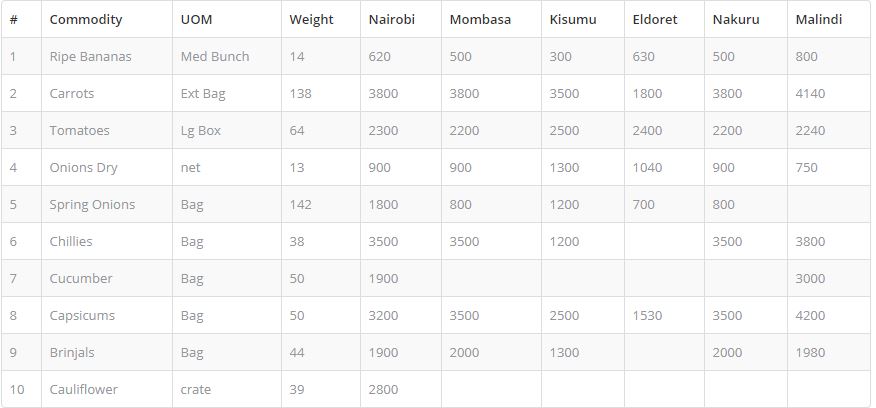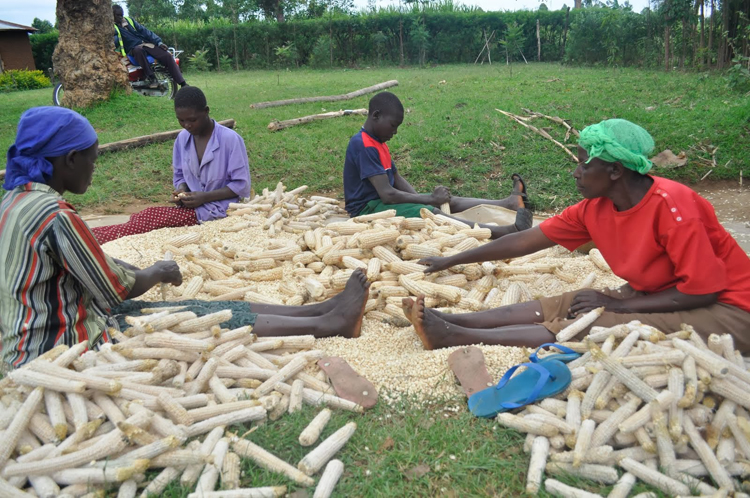
Carrots ready for sale
Malindi, the largest urban center in Kilifi County has surpassed Mombasa as the town with the highest prices for agro produce in Kenya. The town is paying the highest prices for food prices, making it the best market for farmers’ agricultural produce.
Related article: Green grams and groundnuts retailing highest across Kenyan markets
In 2016, Mombasa was the city with the highest prices according to soko+, a digital commodity trading and information system, linking small scale farmers to end retailers/bulk purchasers of produce.
Related article: Mfarm empowers smallholder farmers with easy market access
In 2016, a 138 kg of carrots bag for instance was selling at Sh5, 500 in Mombasa’s Kongowea market while in Malindi it went for sh4000. In 2017 the same amount is retailing at sh4140 in Malindi, sh3800 in Mombasa and Nairobi, sh3500 in Kisumu with Eldoret being the cheapest at sh1800. This shows the average price of carrots in 2017 dropped by sh1360 a decline of 25%.
A 50 kg bag of white irish potatoes is retailing at sh4400 in Malindi, sh3000 in Mombasa a difference of sh1400. The same amount trades at sh3000 in Nakuru, and sh3500 in Kisumu. Eldoret pays the lowest prices at sh2300 for the same amount.
A majority of small scale farmers in Malindi grow cassava, coconut palms, cashew nuts, yams, millet and sweet potatoes.
Related article:Kikuyu Entrepreneur offering Rabbit Farmers ready market
Groundnuts earn farmers more among all agro produce with 110 kg retailing at sh14850 in Malindi, sh8800 in Nakuru, sh9900 in Eldoret, sh9200 in Kisumu and sh9500 in Nairobi.
The highest prices in Malindi can be attributed to it being a popular tourism destination site for local and international tourists who visit the town for her sandy beaches and marine parks.
Write comment (0 Comments)



















